|
In collaboration with The Federation's Art Action Day marking one year since Trump's inauguration, my paperworks class made small collage books that engaged some aspect of culture deemed important to them. The group urges that art is essential to democracy and this little project allows each student to put their voice out into the world on particular topics. Students picked themes of multilingualism, homelessness, immigration, religion, among others.
Students collected collage materials, assembled them into this easily reproducible low-brow book form. We then scanned them, had multiples printed via a photocopier. Students are then to "shopdrop" them around the city. Shopdropping is defined as "To covertly place objects on display in a store. A form of "culture jamming" s. reverse shoplift, droplift." This seemed like a good subversive form of dissemination that connects to the theme of the work and Art Action Day. Students are to then document the shopdropping process with their phones. Tomorrow, on Art Action Day, I will post images of the books themselves and the shop dropping.
0 Comments
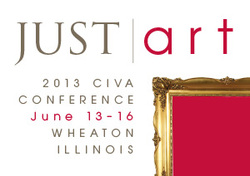 With the NABPR and CTS conference in the books it is time to transition to my project for the CIVA Just Art conference at Wheaton. In just over a week I will be heading out to join other scholars, artists, ministry professionals to explore the roles of faith, justice and the arts. It looks to be a great conference with exhibitions, quality presenters and presentations. As I often do, I tend to bite off more than I can realistically chew. I love conferences in theory (and in actuality as well once my responsibilities for it are over). I hate passing up opportunities to present my research so when the call for papers came I waited until the last moment to throw my proposal out there. With the exhibition last week and Maymester the two previous weeks, the paper has sat dormant for some time. Thankfully I did have some time to work on it at the CTS conference while I was attending to the gallery. My paper will explore the thought of Johann Baptist Metz, a German Catholic political theologian and use his thoughts to engage the work of recent Guggenheim recipient Daniel Heyman. The papers (for good and ill) are only 15 minutes...which actually makes it quite a bit harder to layout Metz' project and make coherent connections to Heyman. But it is exciting to actually be writing this paper that came to mind last year at the CTS conference in San Antonio. In the coming days, I will post briefly about my progress and overall thoughts on their work. Stay tuned...  Take a look at this article and images. I am not sure how I feel about this. This photo is one of a number of religious statues remade into the forms of superheroes. I look at this with mixed emotions of humor and enjoyment, and then I turn and feel as if someone has stolen and defaced our sacred symbols. This fickleness in my heart and mind comes from my dual vocation as an artist and theologian. I appreciate the wit, I appreciate the humor. I appreciate the conceptual aspects. But there is something within me that still bothers me. But again I am suprised by the some of the thoughtful comments on the page drawing the ties between superheroes and religious figures. This causes me to ask, where do we draw the line in what is blasphemous? I recently picked up Brent Plate's Blasphemy: Art that Offends. Like most of my amazing book collection, I have not had time to pick it up and work through it. But I hope that when I do, it will help me work through these ideas in an articulate way. 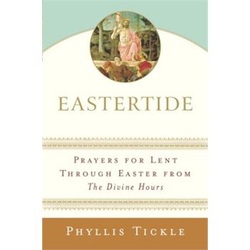 Yesterday was Ash Wednesday and so begins Lent. Growing up, I was quite unaware of Lenten exercises save that of the Catholics giving up meat on Friday's in exchange of fish. This made no sense to me and was simply explained as "something Catholics did." This was not a satisfactory answer for my young mind. I continued to wonder why they did this. In my spiritual immaturity (have a become mature even know?) it seemed like a silly thing to do. Though I now see this was likely also colored heavily by my Protestant/Evangelical upbringing. In addition to fish, some gave up Coke, others ice cream, and so on with a list of dietary options. What I failed to understand then, as I wonder today if many still do, is that the practice of giving something up, is that you may fill your life with something else, focussed on the things of God. So, say trading TV between 7-9 pm for reading theology, scripture, praying, journalling etc. The Lenten exercises are to focus not exclusively on subtraction but upon addition (look at that...math talk from an artist!). This year, as I have a number of times in the past, my Lenten addition is praying the hours as found in Phyllis Tickle's Eastertide. The hours include 4 prayers each day (morning, noon, early evening, and before bed). Tickle infuses the prayers with standard collects from the liturgy, lots of Psalms and Gospel readings. It is a good place to begin with prayer of the hours. These prayers are extracted from the larger 4 volume set that runs according to the seasons. I would highly recommend them all. The lifestyle enclave becomes a means of self-expression where the self has been divided between the working public life and private and intimate sphere of the home. Once the self is separated from family, religion, and work, individuals can express their “unique identity” by joining lifestyle enclaves. Rooted in private leisure and consumption, enclaves gather those who are “socially, economically, or culturally similar” to enjoy like-minded individuals.[1] In contrast to a community which seeks to be inclusive, celebrating the interdependence of public and private life, the lifestyle enclave is exclusive. Marriages and church affiliation reduced to the affinity of lifestyle enclaves.
If we have separated the self from family, religion, work, and tradition, what is left to constitute the self? The simple answer is our preferences. But, what are these choices really based upon? If selves are simply defined by their preferences which are arbitrary, “each self constitutes its own moral universe, and there is finally no way to reconcile conflicting claims about what is good in itself.”[2] Without any larger objective framework for right and wrong, good and evil, the self and its feelings become the moral guide.[3] The self is constantly in progress but without fixed moral end and is able to adapt behavior to various social roles.[4] Self-awareness and self-knowledge leading to personal happiness become the keys forming ones personal moral convictions. Finding oneself also means finding the story in which our life seems to make sense. Yet they seek to do this as individuals without reference or perceived shared experience with a “larger generational, historical religious context”[5] Each life stage becomes a crisis of further individuation. Public work and the private lifestyle enclave become the means of orienting or filling ones divergent selves. The individual, while striving for self-reliance still seeks out social interaction in the lifestyle enclave. He is afraid to admit the need to such interaction at the expense of his independence and identity. Rather than an empty, unencumbered, consuming self, what would the interactions of a encumbered self look like? The authors suggest Alasdair MacIntyre’s After Virtue to describe communities of memory. Communities are in many ways constituted by their past and re-telling those stories as its central narrative, and by doing so, “offers examples of men and women who have embodied and exemplified the meaning of the community.”[6] Traditions are built upon the stories and lives the community and “contain conceptions of character, what a good person is like, and of the virtues that define such a character.”[7] These stories tell of health and sickness, success and failure bind the community to the past and turn to the future in hope. We see our part in the story being woven into the greater whole. This takes place at the family level as we pass on stories, heirlooms, and practice family rituals. Communities of memory are also practiced at the national level seen in our holidays and monuments. But powerfully we see the potential for this in the church. Each Sunday and liturgical year, our journey to the church building and worship services re-enact and re-constitute the Christian narrative and community. History and memory become the key to constituting ones future. These communities are enacted in special ways called “practices of commitment.”[8] Memories, hopes, and fears are not only passed on orally but are also practices that define the “patterns of loyalty and obligation that keep the community alive.”[9] Yet, where history is forgotten, community “degenerates into life-style enclaves.”[10] America has had a varied past of established and disestablished religion. However, once it is disestablished it becomes a private matter to be practiced within the church walls and at home. For many in America, religion is a private and optional matter not to enter the public domain. As a private matter, the autonomous individual, apart from the constraints of any religious system is free to concoct a spirituality as they choose. The authors highlight a woman named Sheila Larson who has named her religion or faith after herself. “Sheilaism” is based on “her little voice” to “love yourself and be gentle with yourself” and “take care of each other.”[11] Since religion is a private matter, diversity or plurality is not only acceptable but encouraged. [1] Bellah, 72. [2] Ibid., 76. [3] Ibid. [4] Ibid., 76-77. [5] Ibid., 82. [6] Ibid., 153. [7] Ibid. [8] Ibid. [9] Ibid. [10] Ibid., 154. [11] Ibid., 221. Another significant part of Bellah's study that is helpful for many is the articulation of therapeutic tendencies of our culture. Therapy is often related to the expressive individualism we just explored because it focuses on the individual and ones choices about roles, commitments, that one will make. Yet these choices are not based on a larger framework again, but according to “life-effectiveness” as the individual perceives it.[1] Therapy itself suggests a need for cure. But from what? The cure seeks to re-adjust ones social construction between self and the world, private and public meaning. Individuals are able to think in terms of commitments regarding such decisions as marriage, work, and church, as either enhancements or entanglements en route to self creation of ones individuality.[2] In the cultivation of self we see its connection to expressive individualism but its larger root comes from the rub by the incompatibility between the natures of public utilitarian individualism and the private expressive individualism. Only by accepting and asserting ourselves can we enter into “real” relationships.[3]
Several common themes emerge for American individuals: self-reliance, leaving home, leaving church, and work. Self-reliance is a nineteenth-century term popularized by Emerson. Self-reliance in the biblical and republican traditions maintains a collective note expressed in the Puritans who left society to rely upon each other.[4] Yet for the utilitarian and expressive individualists, self-reliance was purely individualistic.[5] Individuation is a natural part of human development, yet it is a hyper-individuation in America. “Childhood is chiefly preparation for the all-important event of leaving home…in late adolescence” and becomes a recurring theme throughout life.[6] Coming of age means “breaking away from dependency on parents and relying themselves.”[7] Not unrelated to leaving home, many American’s leave church as well. It is expected that during ones youth, decisions will be made about whether or not to attend church and subsequently which one. Individuals cannot merely assimilate the views of their parents but must make them “particularly and peculiarly one’s own.”[8] This is heightened in Protestantism by “demanding…a unique conversion experience.”[9] The authors point out a fantastic irony by saying, “just where we think we are most free, we are most coerced by the dominant beliefs of our own culture. For it is a powerful cultural fiction that we not only can, but must, make up our deepest beliefs in the isolation of our private selves.”[10] The demand to “make something of yourself” through work is also a common theme for American individuals.[11] Our sense of work shapes how we view ourselves. For some, jobs are to make a living. For others, the career traces progress through achievement and advancement and is built on success and self-esteem.[12] Whereas calling suggest that ones work and morals are inseparable as an offering of the self into a community for the larger good. [1] Bellah, 47. [2] Ibid., 47. [3] Ibid., 98. [4] Ibid., 55. [5] Ibid. [6] Ibid., 57. [7] Ibid. [8] Ibid., 63. [9] Ibid. [10] Ibid., 65. [11] Ibid., 66. For Americans, freedom is likely the most deeply resonant and shared value of American society. Yet this freedom, is conceived in the libertarian sense (as we have commented often this semester) as freedom from others values, ideas, lifestyles in both private and public life. Commonality is shared only in the right of the individual to pursue ones own ideals. Justice, based individual rights, becomes the only means to effect and ensure such equal opportunity. In so far as success, justice, and freedom all are common American themes, they provide little help in talking about anything beyond the individual.
The authors suggest that cultural traditions are conversations or arguments about the meaning of the groups shared destiny.[1] Americans have often used a biblical and/or republican mode of discourse to speak of the country’s shared destiny and meaning. The Puritans become the prime exemplar in their desire to create a community where one could live a truly spiritual life. A libertarian sense of freedom is rejected in favor of a “moral” freedom of what is “good, just, and honest” in the context of the covenant between God and humanity.[2] In contrast, the republican ideal casts Thomas Jefferson as the exemplar of public participation for the larger good of society. Equality is conceived as a universal principle defined in primarily political terms to allow equal citizen participation in a self-governing society.[3] The authors describe individualism in two particular forms: utilitarian and expressive. Benjamin Franklin is the epitome of the utilitarian expression of individualism where the individual rises to success through hard work and personal initiative. Many believed that if each individual vigorously pursued his or her own interest, the social good would also automatically emerge.[4] Societal participation becomes contractual where individuals enter merely to advance ones self-interests. Expressive individualism, a form of Romanticism and best exemplified by Walt Whitman, arose in reaction to the materialistic pursuits of utilitarian individualism. Expressive individualism sought to cultivate the self and self-expression where each person has a “unique core of feeling and intuition that must unfold if individuality is to be expressed.”[5] These sentiments are easily identifiable in Whitman’s writings, as well as, Emerson, Thoreau, Melville and others. For the expressivists, “the ultimate use of the American’s independence was to cultivate and express the self and explore its vast social and cosmic identities.”[6] [1] Ibid., 27. See Alisdair MacIntyre, After Virtue, (South Bend, Ind.: University of Notre Dame Press, 1981), 206-207. [2] Ibid. [3] Ibid., 30-31, [4] Ibid., 33. [5] Ibid., 333-4. “How ought we to live? How do we think about how to live? Who are we, as Americans? What is our character?”[1] So begins Habits of the Heart. Its authors, delving into the life and values of “white, middle-class Americans”[2] explore the pervasiveness of individualism. Their study and title gives homage to Alexis de Tocqueville’s Democracy in America by returning to his “admiration and anxiety” over the great strength of American individuals, as well as, the potentially isolating tendency of individualism.[3] Tocqueville described these American mores or “habits of the heart” not only as “ideas and opinions but habitual practices with respect to such things as religion, political participation, and economic life.”[4] He described it as the disposition of “each citizen to isolate himself from the mass of his fellows and withdraws into the circle of family and friends; with this little society formed to his taste, he gladly leaves the greater society to look after itself”…where individuals “imagine their whole destiny is in their hands”…finally forgetting their ancestors and descendents.[5]
This sociological study explores the nature of the individual’s participation in both public life through local politics, activism, and voluntary associations and ones private life in terms of love, marriage, and therapy. The first chapter highlights four very distinct individuals which serve to illumine their points through out the text. Even though they betray sharp contrasts in many ways they all share a common individualistic vocabulary in conversations about morality, society, and politics which they call the “first language of American individualism.”[6] Their differences often come in a variety of second languages. These four individuals give us a broad look at cultural values and the difficulty of reconciling them. The authors claim that our “American cultural traditions define personality, achievement and the purpose of human life in ways that leave the individual suspended in glorious, but terrifying, isolation”[7] because ones selected “values and priorities” are merely a personal choice, as long as it does not interfere with the choices of others, and not justified by a “wider framework of purpose or belief.”[8] The good is then defined by one finds rewarding however, as ones preferences change, so does the good.[9] Where there is no shared standard value system, individuals all exist on equal ground where tolerance becomes the virtue of plurality. As a private matter, one cannot impose upon another’s chosen values. In such a world, conflicts are resolved by “honesty and communication” of ones “needs and desires”[10] as matters of “technical problem solving, not moral decision.”[11] Morality then is based on the highly subjective nature of personal preferences. Values are arbitrarily chosen. As a result, successful self-reliance and self-fulfillment become the standards for choosing those preferences and yet, that self-fulfillment is done in radical isolation without means of affecting that same fulfillment for others.[12] The only, and very ironic, fragile unity that such a strident diversity is able to bring about is in the language of individual rights. [1] Robert N. Bellah et al., Habits of the Heart: Individualism and Commitment in American Life (Berkeley: University of California Press, 1985), xli. [2] Ibid., xliii [3] Ibid., xlii [4] Ibid., 37. [5] Ibid., 37. [6] Ibid., 20. [7] Ibid., 6. [8] Ibid. [9] Ibid. [10] Ibid., 16. [11] Ibid., 7. [12] Ibid., 16. |
Ryan StanderArchives
January 2018
Categories
All
|
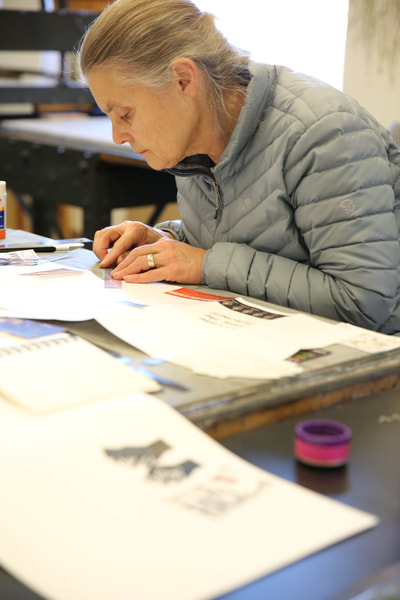

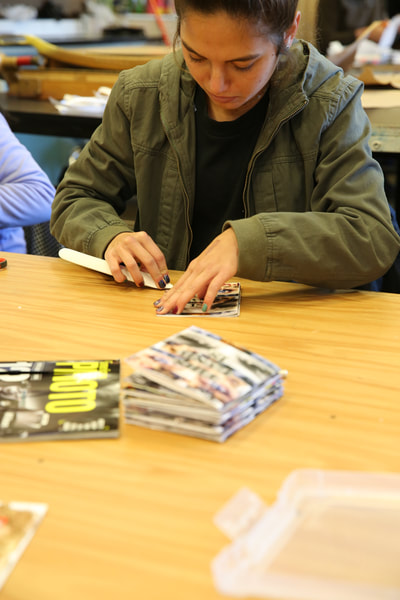

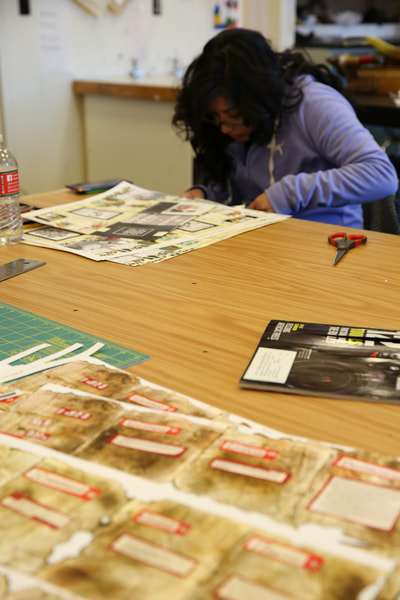
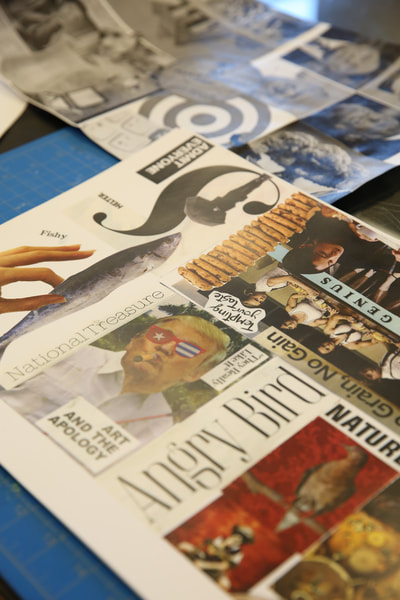
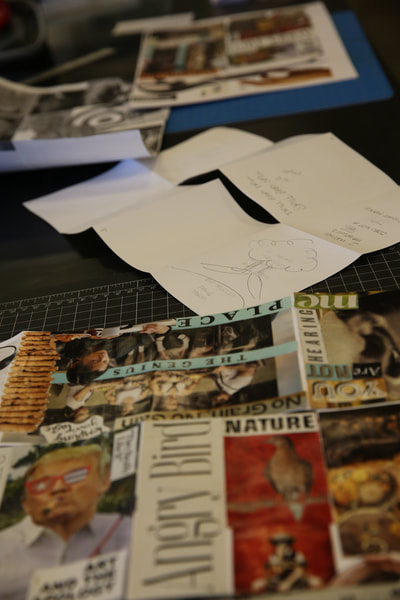

 RSS Feed
RSS Feed
